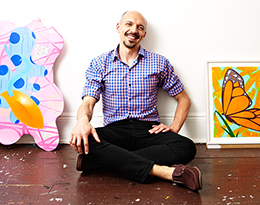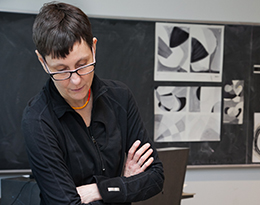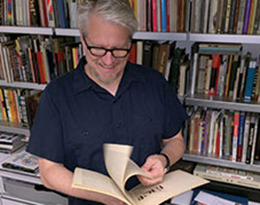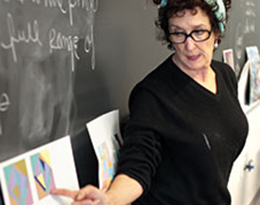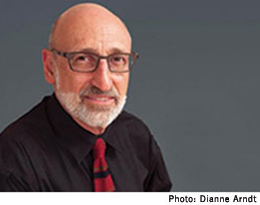News & Blog: Carlos Meza

Carlos Meza teaches Digital 3-D Modeling
|
Since Carlos Meza started teaching 3-D Printing I & II and 3-D Modeling in Cooper Union’s Digital Fabrication Program, he’s had students looking to design a range of prototypes, from surfboards to jewelry to more abstract, conceptual structures. “I’ve taught architects, industrial designers, real estate developers, artists, carpenters, painters and inventors, so I like to keep my classes as flexible as possible, so students can develop their own 3D designs and prints that fit their interests,” he says. “The most important point to learn in my classroom is understanding the considerations and limitations for a successful print.” Required for the digital fabrication certificate, 3-D Printing is an essential class for anyone interested in testing the design of a new product. Meza points out that the technology lets designers test and perfect their ideas at a far faster rate than previous modeling techniques. As a result, they can get immediate feedback and make necessary revisions or innovations at once. At the same time, the process of testing a product becomes notably less expensive since a designer saves time and can identify any flaws before production. Meza, an architect whose work Villanueva Library represented Colombia in the Pan-American Biennial of Architecture, has noticed that many students enter the class thinking that learning how to use 3D printing software is easier than it is. But he’s found that students soon realize that putting enough time into developing their skills has considerable rewards. For one, it can be a terrific medium for improving communication between designer and audience. “A realistic 3D model and full color can convey much more information than a computer image,” he says. That alone makes the course a worthy investment of time and energy. |

